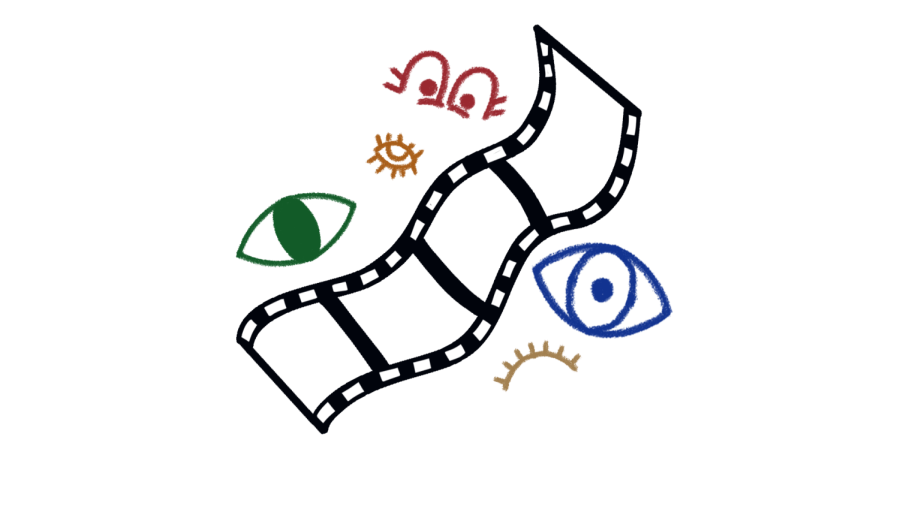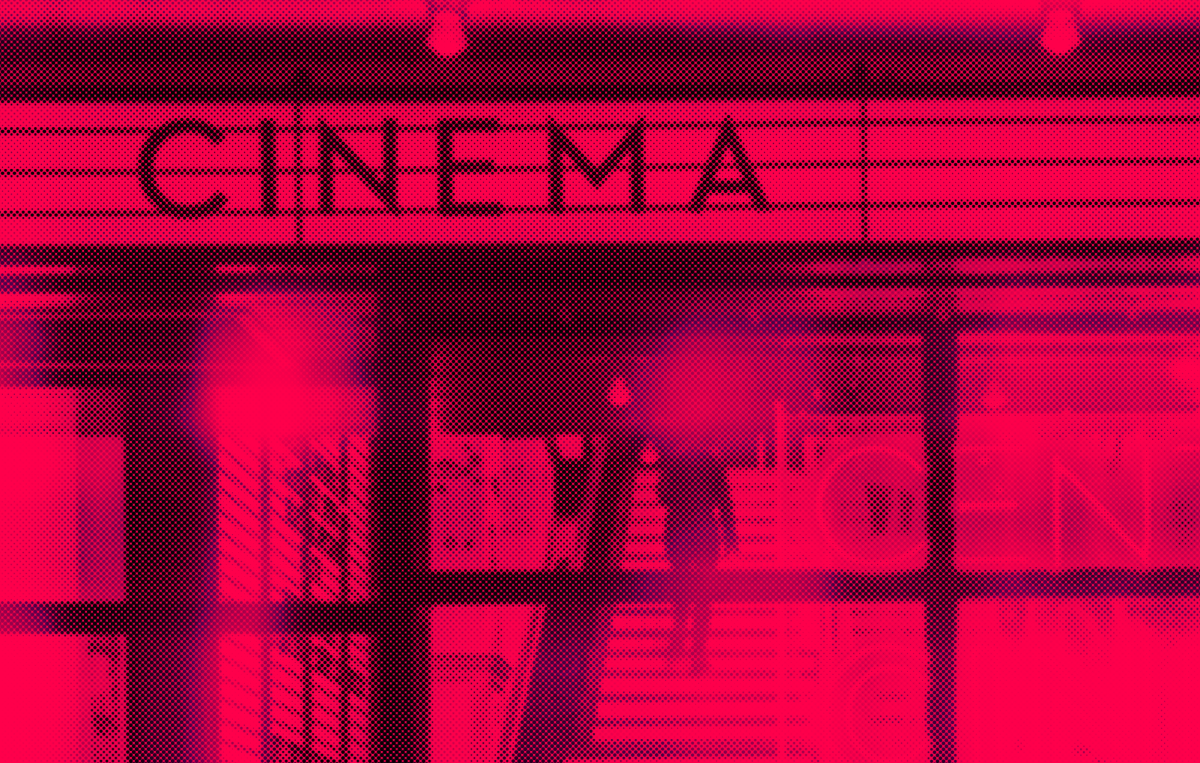Meet the Choreographer: Stefanie Batten Bland’s ‘Look Who’s Coming To Dinner’
January 8, 2022
It might be hard to believe that a Zoom link ridden with potential technical difficulties can feel so special, but that’s exactly how it felt to join the Ririe-Woodbury Dance Company in cyberspace. On Dec. 16, the company showcased a performance of their “Meet the Choreographer” series with choreographer Stefanie Batten Bland. The series allowed the audience to ask questions and access the choreographer’s process, an opportunity that isn’t usually presented in live performances.
In Conversation With the World
Ririe-Woodbury Dance Company performed Bland’s “Look Who’s Coming to Dinner” — a timely and curious piece that asked important questions about the rituals and prejudices that accompany human interaction. In her opening remarks about “Look Who’s Coming to Dinner,” Bland said, “It’s about coming back to the table and the importance and the ideas that are surrounding this act of invitation — taking a seat, sitting next to someone who we don’t invite, who we decide to exclude from that option, from that participation.” For Bland, this exploration of how and why we interact with others the way we do is inevitably an exploration of “how we decide to accept love into our lives.”
The COVID-19 pandemic has made discussions about social gathering and inclusion or exclusion of invitations particularly relevant to the current moment, but the complexity of these interactions has been around for years before the pandemic. “Look Who’s Coming to Dinner,” Bland explained, is in conversation with “Guess Who’s Coming to Dinner,” the 1967 film that brought attention to how colorism and genderism code the way we interact with others. Company dancers demonstrated these coded behaviors in moments when they reached out for a handshake only to be rejected, or when they mimicked beautifying practices like doing their hair and examining their face and legs.
Changing the Meaning of Performance
“Look Who’s Coming to Dinner” challenged traditional expectations for stage set-up and props. The tables were not only sitting spaces but also doors and barriers. Props were moved around in front of the audience throughout the performance and there was no curtain to hide moments of transition. There is something about this approach to space that feels makeshift and expansive. The ever-shifting landscape of the stage makes physical space multi-dimensional and generative rather than a static backdrop. The relationship between dancers and physical space was intimate because the two were not separate entities but rather intertwined. Dancers demonstrated their physical closeness to objects in space when they climbed over and under the tables.
The elements that make up performance — stage, props, dancers, music, lighting — begin to blur. What makes a performance? Is it all of these elements? Only some of them? “Look Who’s Coming to Dinner” not only complicates notions of what is essential to performance, it compels us to consider how performance might help us better understand the coded behaviors ingrained in each of us, as well as what changes we can make in our future interactions with others. The piece is an open-hearted exploration of human interaction, of the fine line between inclusion and exclusion. It’s almost as though the piece has a curiosity about itself, and this quality allows it to perpetuate and live inside the viewer.
“Look Who’s Coming to Dinner” will be featured in Ririe-Woodbury Dance Company’s upcoming “Fill in the Blank” which runs from Jan. 27-29. To purchase tickets, visit the Salt Lake County Arts website. For live stream and on-demand tickets, visit Ririe-Woodbury’s website.








